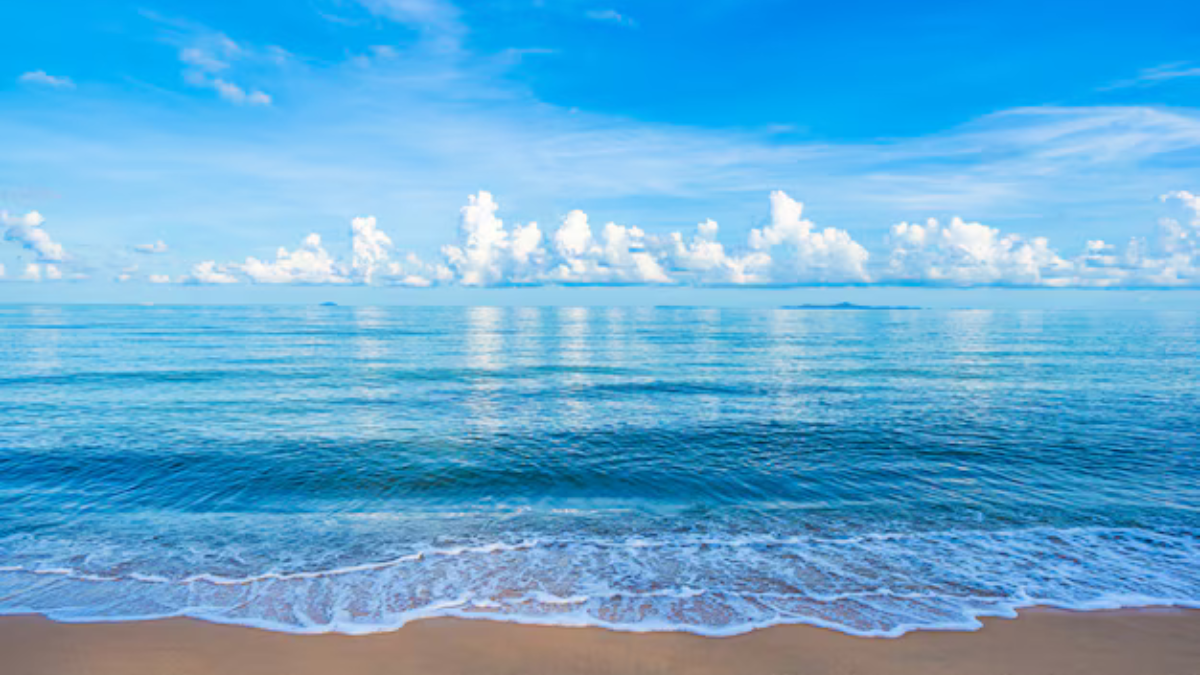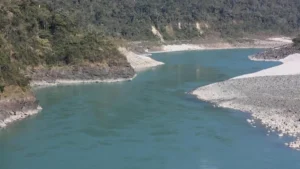The world’s seas are not just bodies of water; they are the lifeblood of our planet, covering over 70% of its surface and playing a crucial role in regulating climate, supporting biodiversity, and sustaining human life. Among these expansive bodies of water, some stand out for their sheer size and significance. Here, we embark on a journey to discover the top 10 biggest seas in the world, each with its own unique characteristics and contributions to the planet’s ecosystems.
World’s Biggest Seas
The world’s largest seas encompass vast expanses of water, each with its own unique characteristics and significance. From the expansive Philippine Sea in the Pacific Ocean to the strategic South China Sea, these bodies of water play crucial roles in regulating climate, supporting biodiversity, and sustaining human life. The Caribbean Sea’s turquoise waters and the Mediterranean’s rich history stand out among the top 10, alongside the Bering, Arabian, and Tasman Seas, among others, contributing to Earth’s maritime tapestry.
World’s Largest Sea 2025
The Philippine Sea, spanning an expansive 5.5 million square kilometers, reigns supreme as the largest sea within the global ocean. Nestled in the western Pacific, its reach extends from the seas of Japan and China to the Indonesian waters, bordered by the Philippines, Japan, Taiwan, and the Mariana Islands archipelago. Its vast expanse and strategic location render it a pivotal hub in the intricate maritime network of the Asia-Pacific region.
Key Facts Related to Biggest Sea in the World
Here are some of the key facts related to the Philippines Sea, the biggest sea of the world:
- Size: Covers 5.5 million square kilometers, making it the largest classified sea in the world.
- Location: Situated in the western Pacific, spanning from Japan and China in the north to Indonesia in the south.
- Biodiversity: Hosts diverse marine habitats, including shallow waters, coral reefs, and deep oceanic trenches.
- Marine Life: Home to a variety of sea creatures, including pelagic fish, sharks, tuna, dolphins, and seabirds.
- Geo-Economic Importance: Strategic location along major trade routes; supports valuable fisheries and holds vast reserves of oil, gas, and minerals.
- Weather Influence: Moderates atmospheric winds and sea surface temperatures, influencing weather patterns across East and Southeast Asia.
- Exploration: Despite its vast size, remains comparatively less explored, offering opportunities for further research and discovery.
Top-10 Biggest Seas in the World By 2025
The Philippines Sea which encompasses an area of 5,695,000 square kilometers is the biggest sea in the world, followed by Coral Sea, American Mediterranean Sea.
Here is the list of top-10 largest seas in the world by 2025:
| LARGEST SEAS IN THE WORLD 2025 | |||
| Rank | Sea | Area (in sq. km) | Location |
| 1. | Philippine Sea | 5,695,000 | Western Pacific Ocean |
| 2. | Coral Sea | 4,791,000 | South Pacific Ocean |
| 3. | American Mediterranean Sea | 4,200,000 | Western coast of South America |
| 4. | Arabian Sea | 3,862,000 | Northern Indian Ocean |
| 5. | Sargasso Sea | 3,500,000 | Western part of the North Atlantic Ocean |
| 6. | South China Sea | 3,500,000 | East of China |
| 7. | Weddell Sea | 2,800,000 | Southern Ocean off Antarctica |
| 8. | Caribbean Sea | 2,754,000 | Tropics of the western Atlantic |
| 9. | Mediterranean Sea | 2,510,000 | Located between Europe and Africa |
| 10. | Gulf of Guinea | 2,350,000 | West coast of Africa |
World’s Biggest Sea – Philippines Sea
Area: 5,695,000 square kilometers
Location: Western Pacific Ocean
The Philippine Sea, spanning a vast 5.5 million square kilometers, holds the title as the largest sea globally. Located in the western Pacific, it extends from Japan and China in the north to Indonesia in the south, embracing waters between the Philippines, Japan, Taiwan, and the Mariana Islands.
Second Largest Sea in the World – Coral Sea
Area: 4,791,000 square kilometers
Location: South Pacific Ocean
The Coral Sea, spanning approximately 4.8 million square kilometers between Australia and New Guinea, ranks as the world’s second-largest sea. Named for its vibrant coral reefs, it harbors 25% of global coral species and sustains diverse marine life, including turtles, dolphins, and over 1500 fish species. With rich cultural significance and valuable fisheries, the Coral Sea is a biodiverse haven and vital maritime ecosystem.
Third Biggest Sea of the World – American Mediterranean Sea
Area: 4,200,000 square kilometers
Location: West coast of South America
The American Mediterranean Sea, sprawling across approximately 4.2 million square kilometers along the western coasts of the Americas, secures its position as the world’s third-largest sea. Featuring coastal plains, deep ocean basins, and the extensive Andes, it sustains prosperous fisheries and crucial shipping routes. This sea also exerts a significant influence on regional climate dynamics while boasting diverse marine ecosystems, ranging from microscopic plankton to majestic blue whales.



 Which Glacier is the Source of the Brahm...
Which Glacier is the Source of the Brahm...
 Which City of Germany is Known as the Gr...
Which City of Germany is Known as the Gr...
 Which Peak is Known as the Five Treasure...
Which Peak is Known as the Five Treasure...







